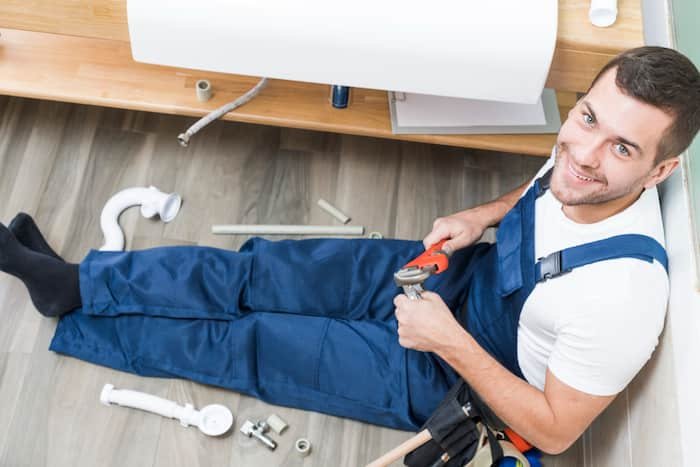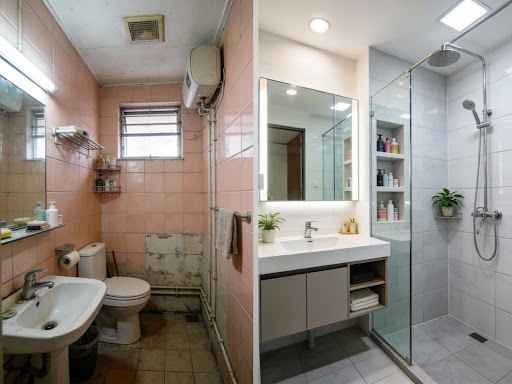Introduction to DIY Water Heater Maintenance
Maintaining your water heating system is essential not only for ensuring a constant supply of hot water but also for extending the life of your unit and keeping your energy bills in check. While professional servicing is necessary for certain aspects of water heater upkeep, there are numerous checks and tasks that you can perform yourself. This guide will provide you with step-by-step instructions on how to monitor and maintain your water heating system effectively.
Regular Visual Inspections
The first step in maintaining your water heating system is to conduct regular visual inspections. This involves checking the outside of the water heater for any signs of wear and tear, such as rust or water leakage, which could indicate a need for more in-depth maintenance or repairs. It’s also wise to keep an eye on the area around the water heater; clutter can pose a safety risk and hinder your ability to perform quick checks.
Even real estate auctioneers in Sydney advise home buyers to inspect the water heating system of a potential home because it can be a good indicator of the overall maintenance and condition of the property.
Checking the Pressure Relief Valve
The pressure relief valve is a critical safety feature on your water heater. It helps to prevent pressure from building up too much within the tank, which could cause the unit to explode. To check if the valve is working correctly:
- Place a bucket under the discharge pipe.
- Lift the valve’s tab to let some water out.
- Watch to see if water flows freely and then stops when you release the tab.
If the valve doesn’t release any water or continues to leak after testing, it needs to be replaced.
Monitoring Water Temperature
Managing the temperature of your water heater not only ensures comfort but can also prevent scalding and save on energy costs. The ideal setting for most households is around 60 degrees Celsius. You can check the temperature by running hot water over a thermometer. If adjustments are needed, consult your water heater’s manual for instructions on how to change the thermostat settings safely.
Sediment Flushing
Sediment buildup can reduce your water heater’s efficiency and damage the tank. Flushing the tank regularly helps to clear out this sediment:
- Turn off the power to the unit.
- Connect a hose to the tank’s drain valve and lead the other end to a drain.
- Open the drain valve and allow the tank to empty.
- Close the valve, disconnect the hose, and turn the power back on.
It is typically recommended to perform this task annually or more frequently if you have hard water.
Inspecting Anode Rod
The anode rod protects your tank from rusting by sacrificing itself to corrosion. To check the anode rod:
- Turn off the power and water supply.
- Unscrew the rod from the top of the tank.
- If it’s less than 1.27 cm thick or covered with calcium, replace it.
Regularly checking and replacing the anode rod can significantly extend the life of your water heater.
Checking for Leaks and Corrosion
Regularly inspect all visible pipes and connections for signs of leaks or corrosion. Pay special attention to areas where corrosion is more likely to occur, such as near the water supply and around fittings. Early detection and repair of leaks can prevent more severe issues and potential water damage.
DIY Insulation Techniques
Insulating your water heater and the adjacent pipes can improve efficiency and save on heating costs. Insulation jackets for the water heater and foam insulation for pipes are available at most hardware stores and can be installed without professional help. Ensure that the insulation does not cover vents or drain valves.
Final Words on DIY Water Heater Maintenance
Maintaining your water heater through regular DIY checks and balances is an effective way to ensure its longevity and efficiency. These simple tasks can help prevent unexpected breakdowns and high repair costs, providing peace of mind and allowing for better control over your home’s energy use.
By staying proactive and attentive to the needs of your water heating system, you not only safeguard this crucial home appliance but also contribute to a more energy-efficient and cost-effective household. Remember, while DIY maintenance can cover many aspects of water heater care, be sure to consult a professional for more complex issues or if you’re unsure about performing certain tasks. This blend of personal diligence and professional support will keep your system running smoothly for years to come.







